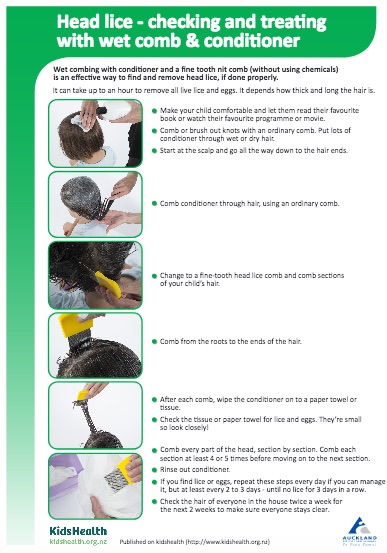Head lice
Also known as nits, kutis, kutu bugs, utu or riha.
Key points about head lice
- Head lice are small, flat insects that live and lay eggs on the human scalp.
- Head lice are also called nits, kutis, kutu bugs, utu or riha.
- They're a common problem and cause concern and frustration for parents and tamariki.
- Anyone can catch head lice – catching them has nothing to do with poor hygiene.
- Head lice can spread easily between tamariki.
- If you find live head lice or eggs on your child's scalp, treat your child and check everyone in the house.
- The content on this page comes from KidsHealth(external link).
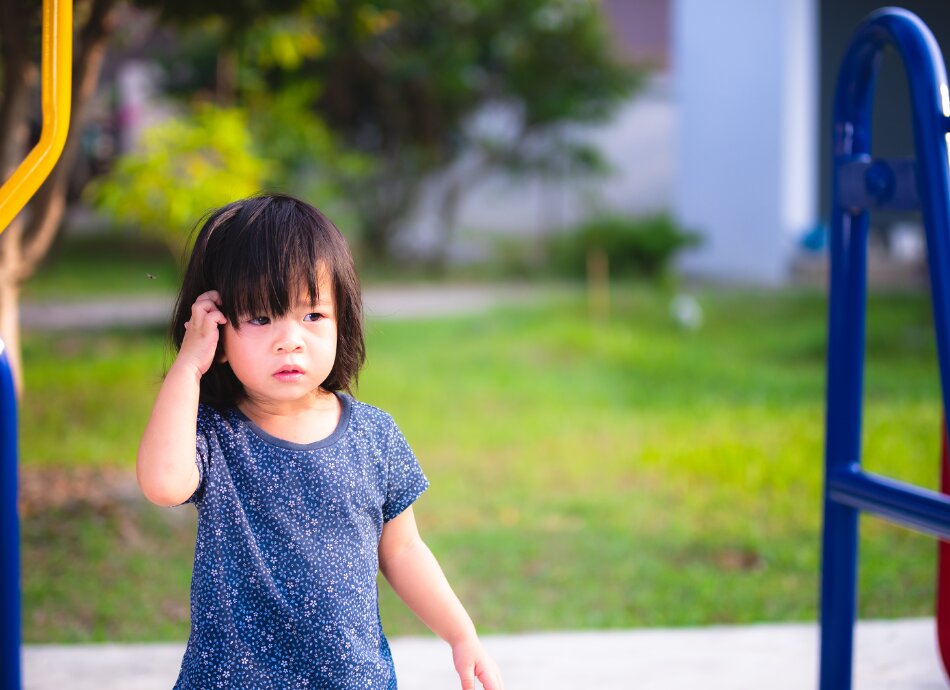
Head lice, also known as nits, are small insects found on the human head. They grow to about the size of a sesame seed.
Head lice live on your hair and feed by sucking blood from your scalp. Head lice don't carry or pass on diseases.
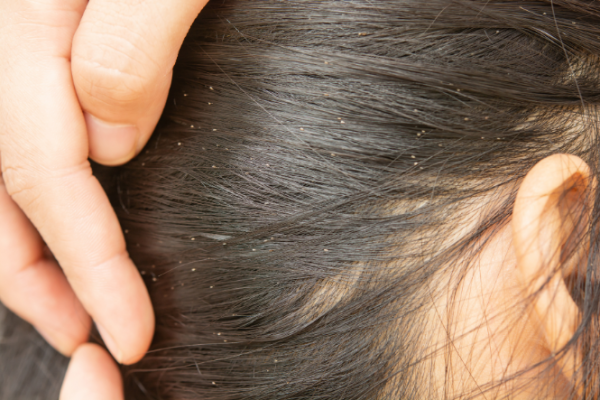
Anyone can get head lice. They are common, particularly in tamariki with thick and long hair.
Catching head lice has nothing to do with poor hygiene.
Tamariki get head lice from head-to-head (hair-to-hair) contact with someone who already has head lice. This can easily happen when tamariki play or sleep next to each other and their heads touch.
Head lice can only crawl from hair to hair. They can't fly or jump from head to head.
Head lice only survive on humans. They die quickly when they are not on the head, usually within 24 hours.
Regularly check your child for head lice.
Head lice can live all over your head, but particularly like warm places such as:
- behind the ears
- around the bottom of the hairline
- on top of your head.
They can look like sesame seeds or dandruff. You may see them moving around on the hair. A magnifying glass may make them easier to see.
4% dimethicone lotion – to get rid of head lice
4% dimethicone lotion is a very effective head lice treatment that a healthcare provider can prescribe. You only need to put it on your child's head twice – with a week in between each use. Dimethicone is not an insecticide. It kills head lice by suffocation and disrupting the ability of the head lice to regulate water.
Here's a step-by-step guide for treating head lice with 4% dimethicone lotion(external link).
Wet combing with conditioner – to find and get rid of head lice
Wet combing with cheap conditioner and a fine-tooth head lice (nit) comb is also an effective way to find and remove head lice – if it's done properly. You don't need to buy expensive products to get rid of head lice. You can buy a fine-tooth head lice comb from your pharmacy. It can take up to an hour to do a wet combing session because eggs attach firmly to the hair. How long it takes depends on how long and how thick your child's hair is.
Have a look at a step-by-step guide for wet combing with conditioner(external link).
Video: Say goodbye to head lice – your essential guide
If you find head lice, you should check the rest of your whānau (family). If you find head lice on other members of your whānau, treat them all on the same day.
If your whānau has head lice, tell anyone who has had head-to-head contact with them, so that they can check and treat their whānau if needed.
Head lice spread easily. Tell your child's school if you find head lice so that they can tell other parents to check their tamariki.
It's very difficult to prevent – there is no product available that prevents head lice. Tying long hair back and checking weekly for lice, using the comb and conditioner method, can help prevent the spread.
Once you think your child is free of head lice and eggs, make sure to check them once a week.
You don't need to wash clothing and bedding on a hot wash – it's unlikely to help prevent the spread of head lice.
Head lice(external link) HealthEd, NZ
Head lice(external link) DermNet, NZ
Head lice (nits)(external link) Department of Health, State Government of Victoria, Australia
Brochures
Head lice fact sheet and wet-comb technique(external link) KidsHealth, NZ
Head lice(external link) Health Ed, NZ, 2016
Head lice – checking and treating with wet comb & conditioner(external link) KidsHealth, NZ
Brochures
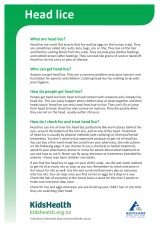
KidsHealth NZ
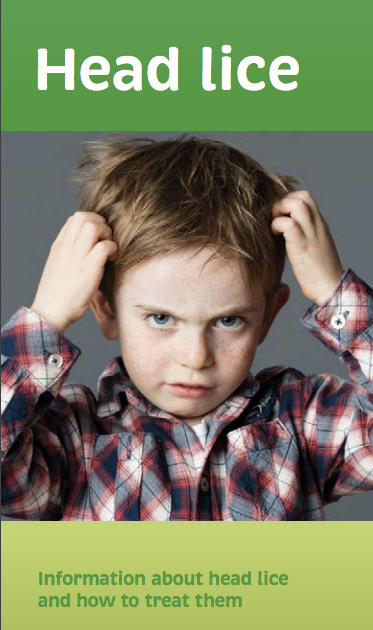
HealthEd, NZ, 2023
Credits: Content shared between HealthInfo Canterbury, KidsHealth and Healthify He Puna Waiora as part of a National Health Content Hub Collaborative.
Last reviewed:


